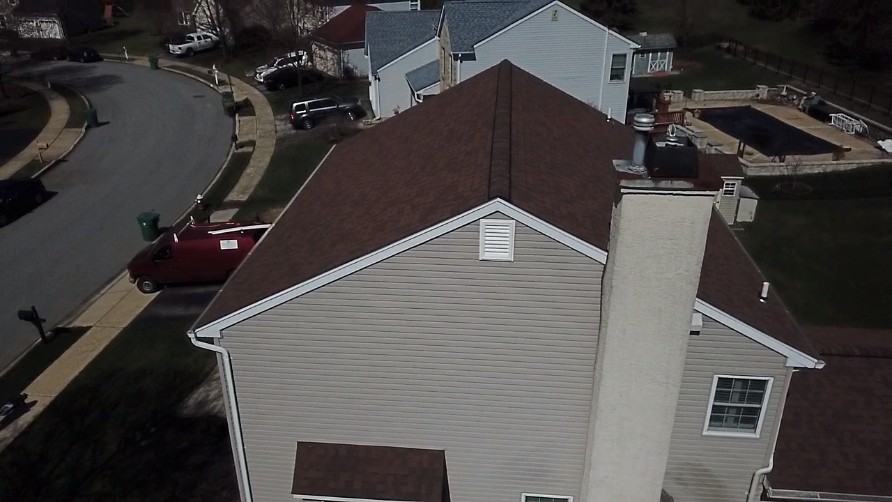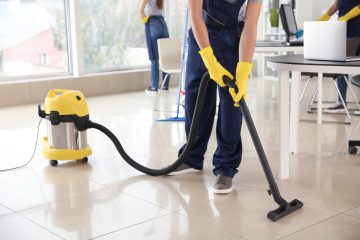7 Tips To Maintain Your Roof

Regular inspections are essential for roof maintenance. Regular inspections, whether they are seasonal or yearly, will prolong the life of your roof materials and prevent leaks from causing damage, expensive repairs, and even death. The necessity to replace your entire roof.
We compiled a list of tips and tricks to help you maintain your roof’s integrity.
Although roofs are built to withstand all types of storms (literally), there will be some wear and tear. These tips will help you make sure your roof is prepared for the next storm.
The Helping Company is available to answer any questions you may have about roof repair, damaged shingles, home improvement, or roof restoration in vermont. We are happy to help you find the best solution for your home and roof.
1. Check Your Shingles Every Year – Make sure to inspect your roof shingles every year, especially after extreme weather. Remember that roof damage can not only be caused by wind and rain. Over time, ultraviolet light from the sun can cause irreparable damage to your roof. Make sure you inspect your roof regularly to make sure they are still functioning properly.
2. Trim branches – Before winter sets in, trim any branches that are too high. The branches can be whipped around by wind, snow, ice, and other natural phenomena, or pulled from the tree entirely, causing severe damage to the root system and structures.
3. Clogged Gutters – We are all familiar with the issues associated with clogged gutters. These can include bubbling paint on walls and wood decay. Clogged gutters can cause rain to run up, causing it to overflow with leaves, bugs and other debris. The roof and support beams that keep it up can be damaged over time by the water. The most serious problems are the costly ones. Get rid of all debris and gutters before the fall and spring seasons.
4. Monitor Moss – While moss can add a touch of color to your roof and give it a fairytale appearance, the damage it does is not worth the effort. If allowed to grow, moss can cause roof damage of any kind, including concrete, asphalt, and wood. Here’s how it works: Moss grows between the shingles. It will eventually grow and lift the roof’s shingles, allowing water to get in. The moss also holds water. Wood rot and leaks are often not far behind. To prevent any damage, you will need to clean up the moss or hire someone to do it. Keep an eye out for moss! Zinc sulphate powder granules should be applied to the roof regularly and seasonally.
5. Insulate/Ventilate: A roof that is properly ventilated and insulated will be less susceptible to excess moisture which can cause rot. To ensure that your attic is properly insulated, have it inspected. Ventilation is very important. This is an area homeowners often overlook. PWR reminds customers about the importance of ventilation. Many homeowners are surprised to discover that their attic can “sweat.” The warm air from the roof will contact the cold and cause condensation. This can lead to mold growth and rotting plywood. Vents should allow for adequate air circulation. Ice dam prevention can be achieved by properly insulated roofs. (See below.) A poorly ventilated roof can make your home more hot in summer. Your attic may not have adequate air flow. This will cause the hot air to condense and heat up, with the sun shining relentlessly on it during summer. A properly ventilated roof will save you money on your electricity bill. Your AC unit won’t have to work as hard keeping the house cool.
6. Avoid Ice Dams. Roofs can become ice-dammed after heavy snowfall. The roof heats up due to the warm air in its attic, melting the snow. These water rivulets then freeze when they reach the roof’s colder areas. Voila! — ice dams. The next thing you know, more meltwater is trapped in the roof and seeps through, causing damage to ceilings and peeling paint. Check your insulation and ventilation regularly to prevent ice dams. It’s important to prevent ice dams as we transition into the winter and fall months.
7. Caulk the Flashings- These are strips of metal (often aluminum, galvanized or lead) that run along roof edges and joints. Flashing is required to divert or keep water out of difficult areas that shingles cannot cover. This includes roof penetrations where kitchen and bathroom pipes/vents run through the roof. Flashing can also be used in valleys, skylights and chimneys. Flashing can crack, lift, rust or separate depending on how it was installed. This could mean that an important piece of roof protection is not functioning correctly. Caulk can be used to seal the flashing where it isn’t working properly. Pacific West Roofing prefers lead pipe flashings. It lasts decades, doesn’t deteriorate in sunlight, and is less likely to need to be recaulked.







